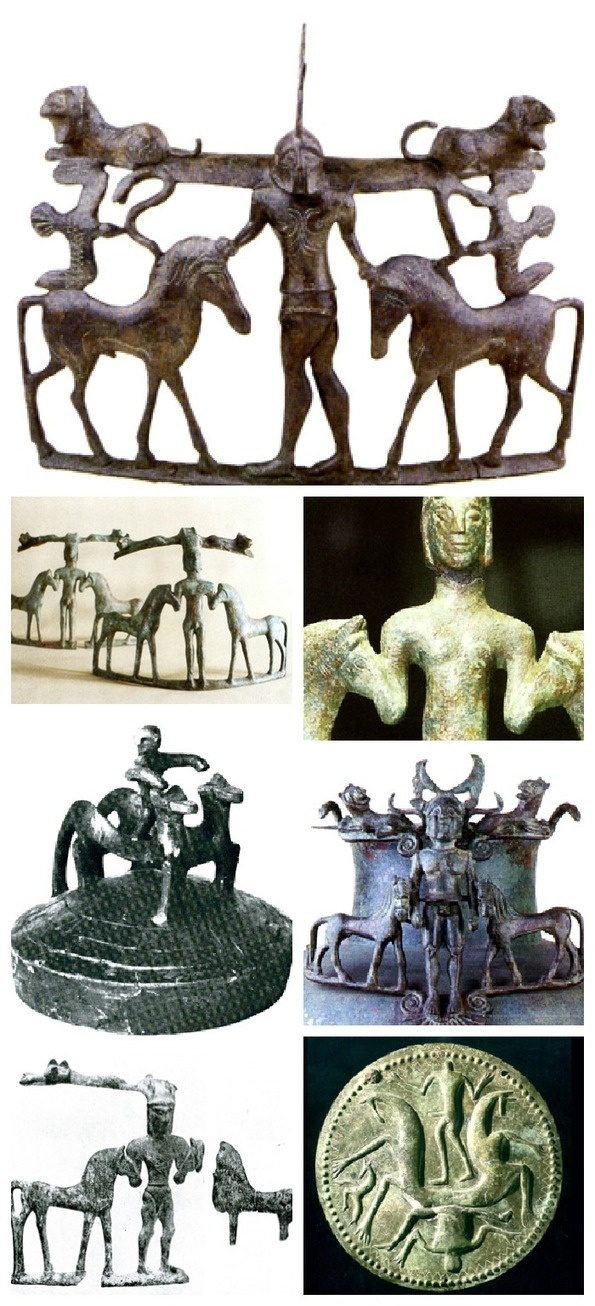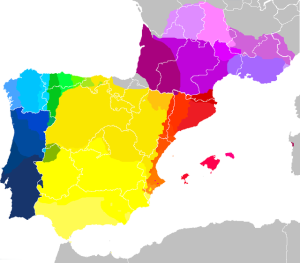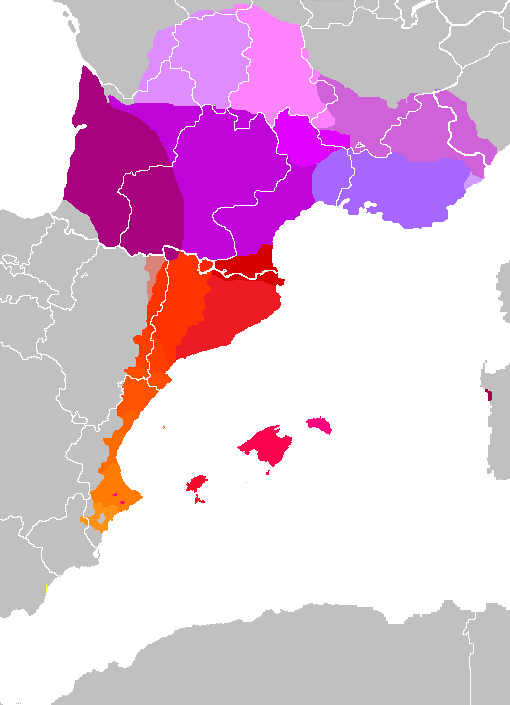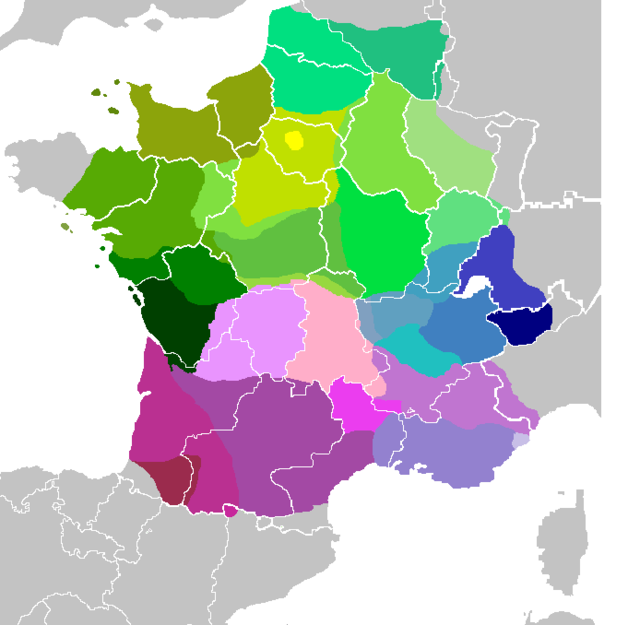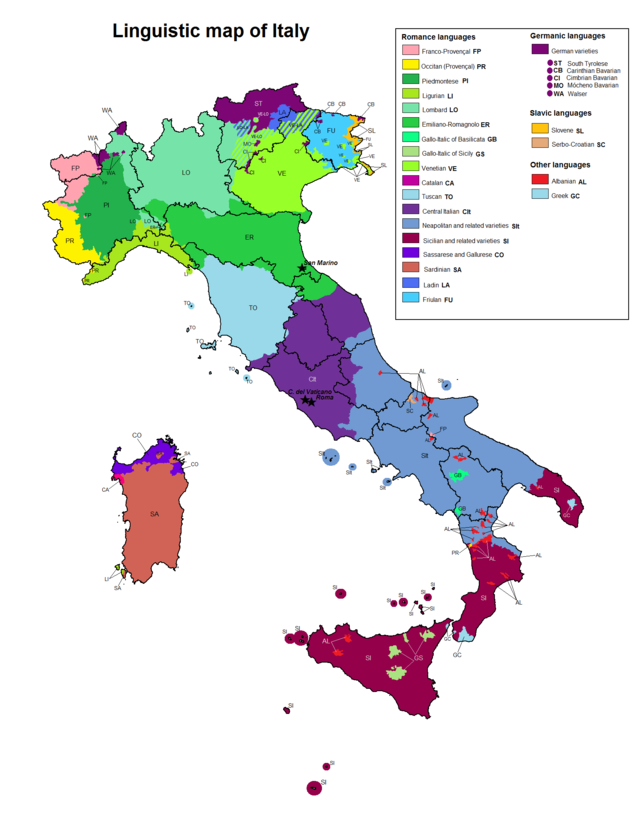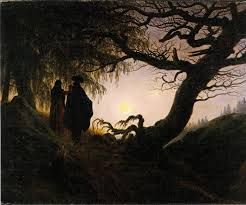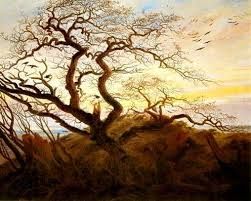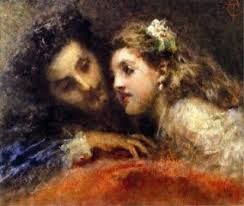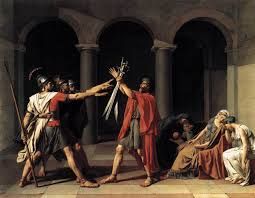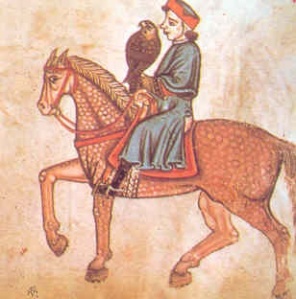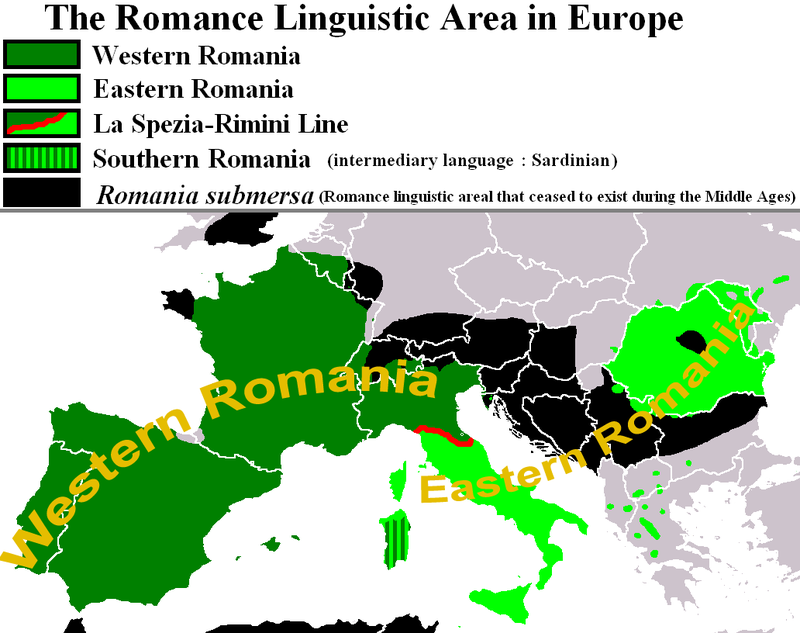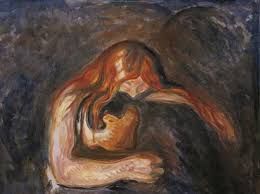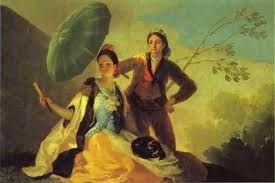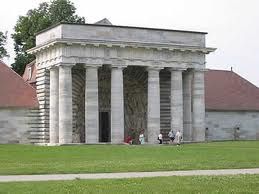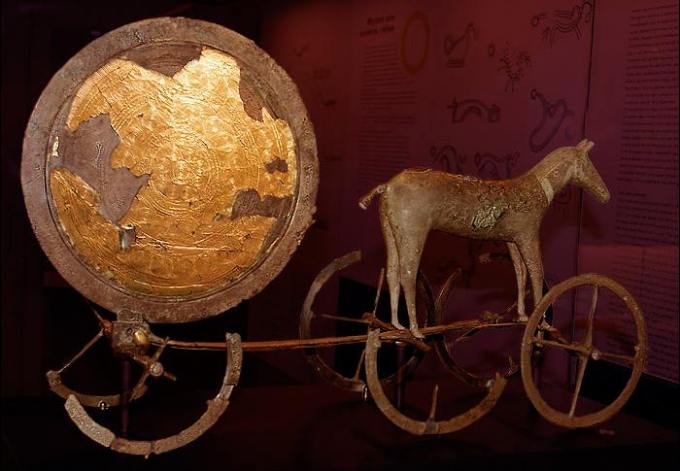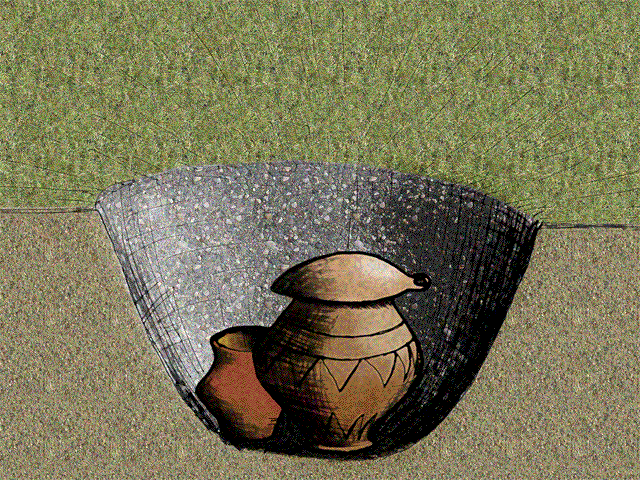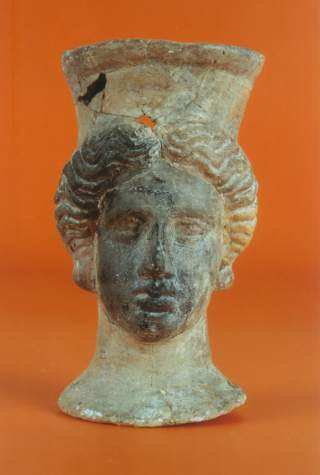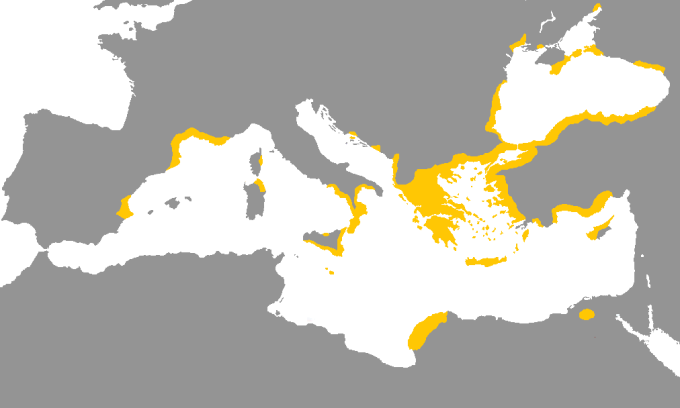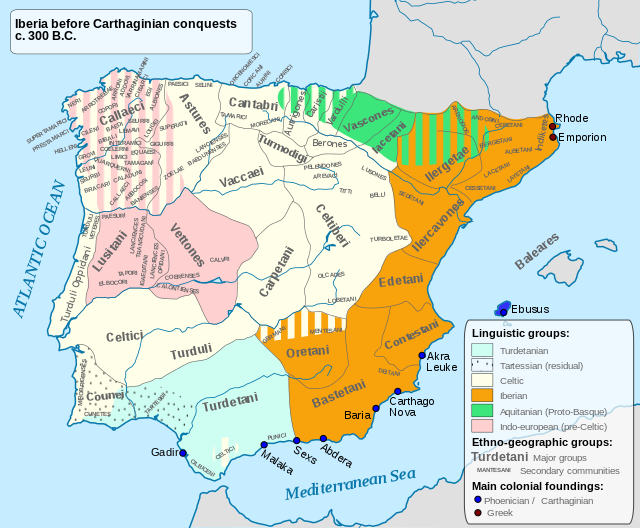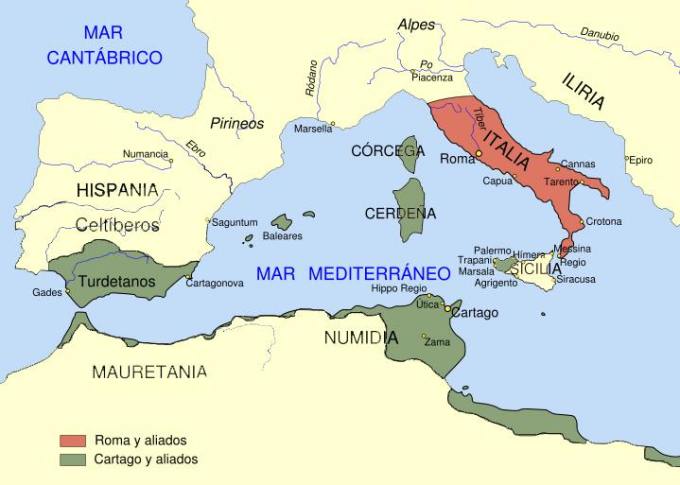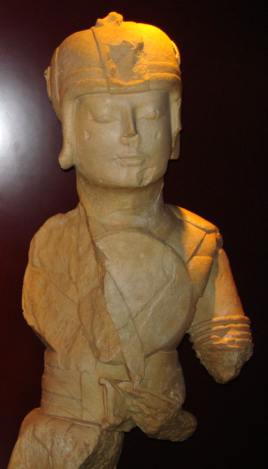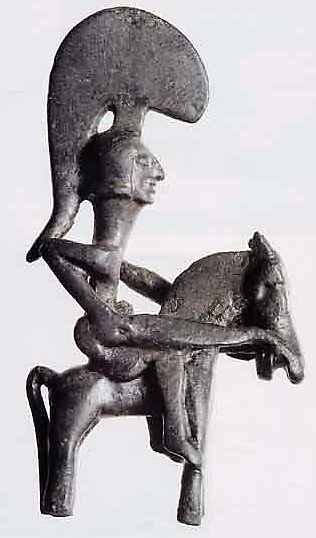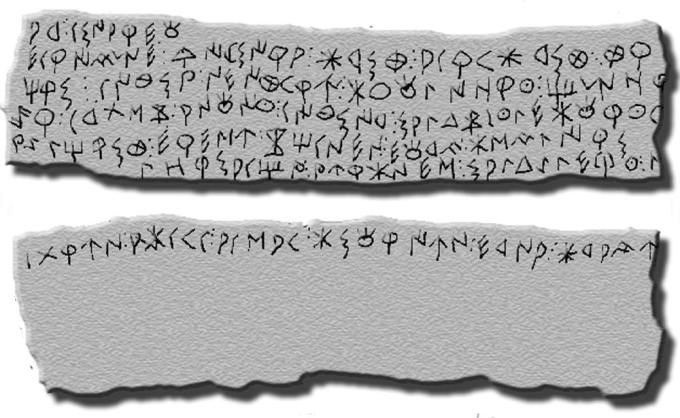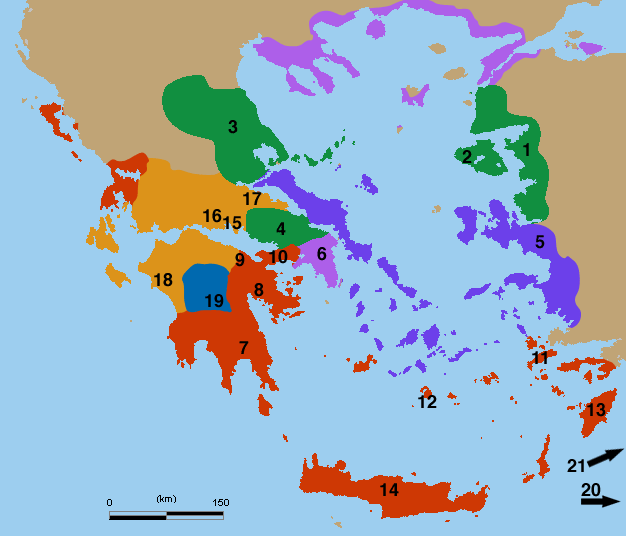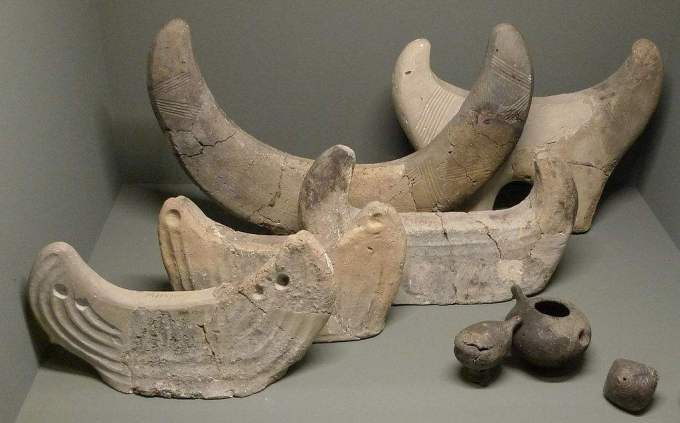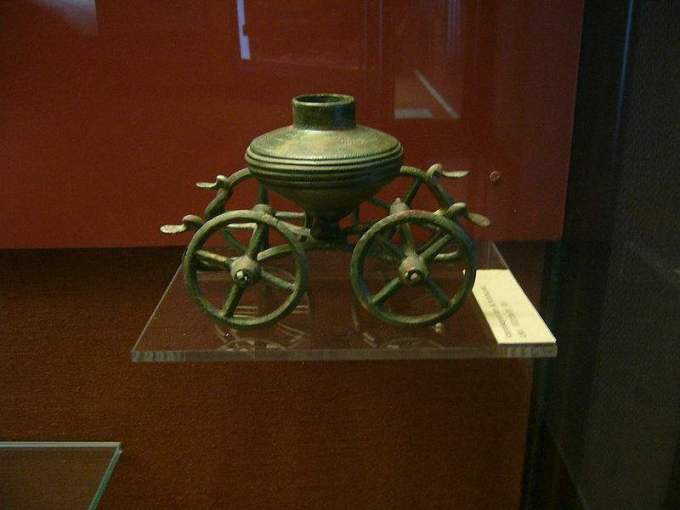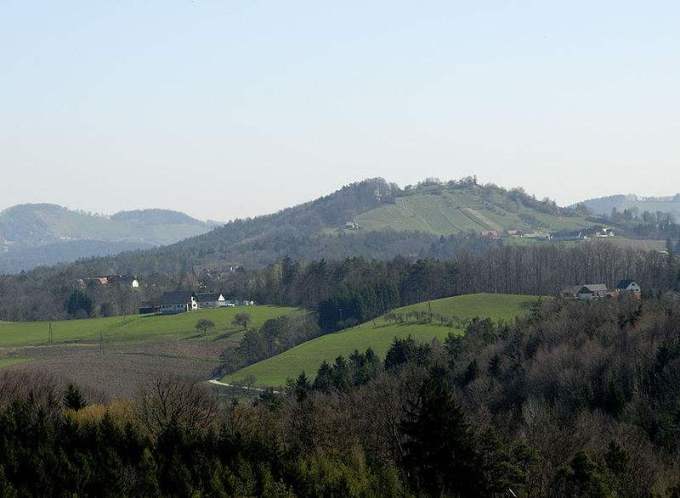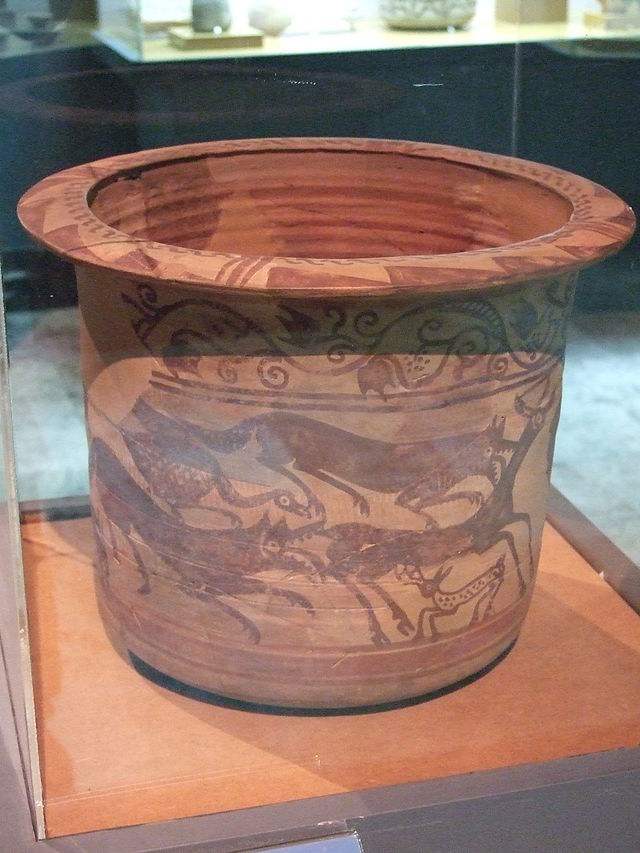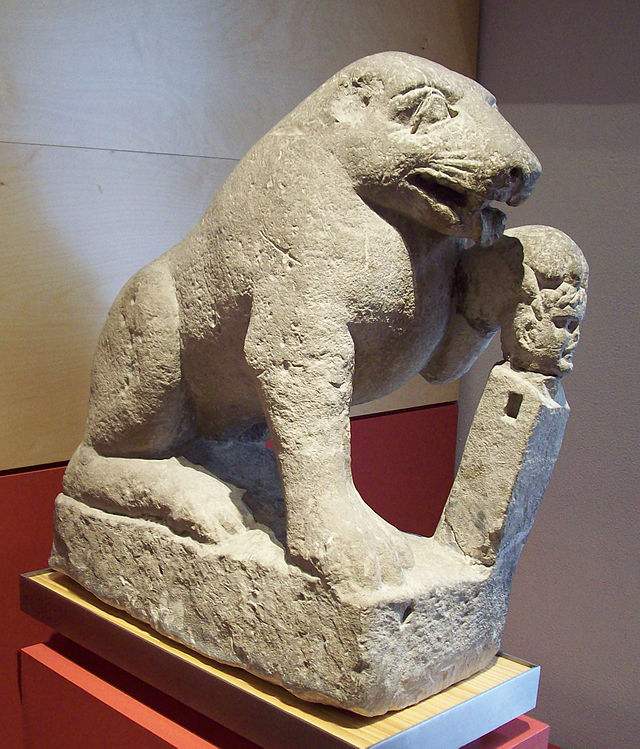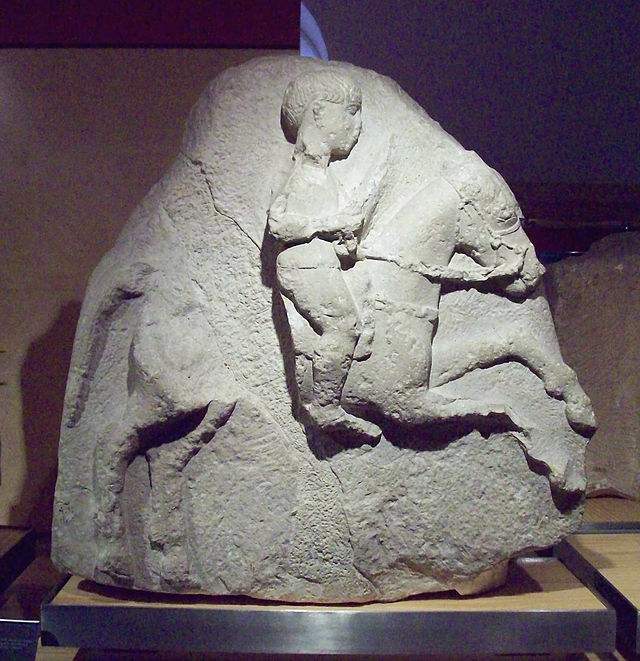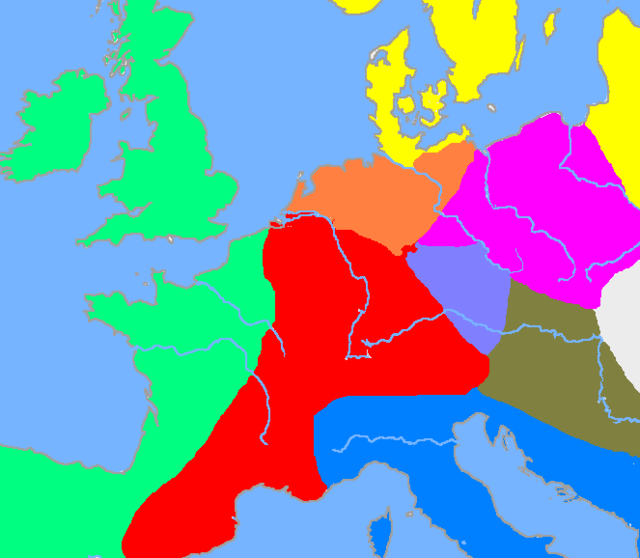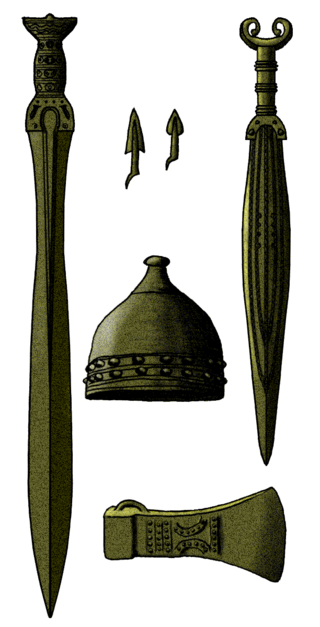GAÉLICO ESCOCÉS
El gaélico escocés (Gàidhlig) es una lengua indoeuropea de la rama celta, miembro de las lenguas goidélicas, que llegó aEscocia alrededor del siglo V, cuando los escotos deetnia celta y provenientes del norte de Irlanda se asentaron en la costa occidental, llevando una variedad del irlandés antiguo que sustituyó a la antigua lengua de lospictos hablada en la zona hasta entonces. De ahí su similitud con el gaélico hablado enIrlanda y la Isla de Man. Más tarde, los préstamos lingüísticos procedentes de los anglosy las invasiones vikingas irían relegando cada vez más el idioma, hasta que alrededor del1500, durante el reinado de Jacobo IV, se crearon en las islas Hébridas las cortes locales y las escuelas de bardos, que fueron cuna del Sistema de Clanes de las Tierras altas y un refugio para la cultura y el idioma gaélico, fuertemente reprimido durante siglos.
En la actualidad es hablado por unas 60 000 personas en las regiones norteñas de Escocia, cifra que representa menos del 1 % de la población escocesa —de un total de 5,1 millones—; para los que lo hablan, hay varios periódicos y programas de radio disponibles. El 21 de abril de 2005 se aprobó en el Parlamento de Escocia la ley que convierte al gaélico escocés en una de las lenguas oficiales de Escocia, junto al inglés. Se denomina siempre gaélico escocés [Scottish Gaelic] y no gaélico (para diferenciarlo delirlandés y el manés) o escocés [Scottish, (para no confundirlo con el escocés [Scots], lengua germánica cercana al inglés).
Idioma manés
| Manés Gaelg Vanninagh Gailck Vanninagh |
|
|---|---|
| Hablado en | |
| Región | |
| Hablantes | Extinto como lengua materna desde 1974.Posteriormente revivido; un centenar de hablantes competentes y 50 niños en la educación de inmersión (2011) |
| Puesto | No está entre los 100 primeros (Ethnologue, 2013) |
| Familia | Indoeuropeo Celta Céltico insular lenguas goidélicas Manés |
| Estatus oficial | |
| Oficial en | |
| Regulado por | Coonseil ny Gaelgey |
| Códigos | |
| ISO 639-1 | gv |
| ISO 639-2 | glv |
| ISO 639-3 | glv |
 Extensión del manés |
|
El idioma manés o gaélico manés (en manés Gaelg Vanninagh or Gailck Vanninagh) fue una lengua celta hablada en la isla de Man, una pequeña isla del Mar de Irlanda que constituye una dependencia autogobernada de la Corona británica que no pertenece alReino Unido.
Historia
La llegada del idioma goidélico a la Isla de Man acontece entre los siglos IV y V d. C., cuando invasiones de habitantes procedentes de Irlanda se establecen en la isla, sustituyendo esta a una supuesta lengua britónica hablada hasta entonces allí.
Sin embargo la isla de Man, y con ella su lengua, aparecen a partir de las invasiones escandinavas; entre el 800 y el 815, losvikingos llegaron la isla de Man esencialmente por el pillaje. Entre el 850 y el 990, se establecieron sobre la isla, pero esta vez bajo el control de los reyes escandinavos de Dublín. Entre el 990 y el 1079 finalmente, la isla estuvo sujeta a los poderosos jarls de las Órcadas. Durante todo el período escandinavo, la isla estuvo nominalmente bajo la soberanía de los reyes de Noruega, pero estos raramente pudieron hacer valer sus derechos, a excepción de ciertos como Harald I en el 885, de Magnus III al final del siglo XI, o de Hakon IV a partir de 1217.
A partir del siglo XIII la isla es disputada por anglosajones y escoceses, y más tarde fue señorío de diversos títulos nobiliariosingleses para pasar finalmente a manos de laCorona Británica.
_________________:::::::::::::::::::::::::::::::::::::=========================
The Scottish Gaelic ( Gàidhlig ) is a language Indo-European of the Celtic branch , member of the Goidelic languages , who came to Scotland around the V century , when the Scots of Celtic ethnicity and from Northern Ireland settled on the western coast, leading a variety of ancient Irish that replaced the old language of the Picts spoken in the area before. Hence its similarity with Gaelic spoken in Ireland and the Isle of Man . Later loanwords from the Anglos and invasions Viking would increasingly lost language until about 1500 , during the reign of James IV were created in the Hebrides local courts and schools of bards , who were cot System Clans of Highlands and a haven for culture and Gaelic language, strongly suppressed for centuries.
Today is spoken by about 60 000 people in the northern regions of Scotland, representing less than 1% of the Scottish population of a total of 5.1 million-; for those who speak it, there are several newspapers and radio programs available. On April 21 of2005was passed in the Scottish Parliament ‘s law making Scottish Gaelic in one of the official languages of Scotland, by the English .Always called Scottish Gaelic [Scottish Gaelic] and not Gaelic (to differentiate it from Irish and Manx ) or Scotch [Scottish, (not to be confused with Scottish [Scots] Germanic language closest to English).
Manx Language
| Manx Gaelg Vanninagh Gailck Vanninagh |
|
|---|---|
| Spoken in | |
| Region | |
| Speakers | Extinct as a mother tongue since 1974.Later revived; a hundred competent speakers and 50 children in immersion education (2011) |
| Since | Not in the top 100 (Ethnologue , 2013) |
| Family | Indo-European Celtic insular Celtic Goidelic languages Manx |
| Official status | |
| Officer | |
| Regulated by | Ny Coonseil Gaelgey |
| Codes | |
| ISO 639-1 | gv |
| ISO 639-2 | glv |
| ISO 639-3 | glv |
 Manx Extension |
|
The Manx language or Manx (Manx in Gaelg Vanninagh or Gailck Vanninagh ) was aCeltic language spoken in the Isle of Man , a small island in the Irish Sea which is a self-governing dependency of the British Crown that does not belong to the United Kingdom
History
The arrival of the Goidelic language of the Isle of Man on between IV and V d centuries. BC, when inhabitants from invasions ofIreland was established on the island, this replaces an alleged Brythonic language spoken hitherto there.
However the Isle of Man, and with her tongue, appear from the Scandinavian invasions; between 800 and 815, the Vikings reached the island of Man essentially pillage. Between 850 and 990, were established on the island, but this time under the control of the Scandinavian kings of Dublin . Between 990 and finally 1079, the island was subject to the powerful earls of Orkney . Throughout the Scandinavian period the island was nominally under the sovereignty of the kings of Norway , but they rarely were able to assert their rights, except for certain as Harald I in 885, of Magnus III at the end of the eleventh century, or Hakon IV from 1217.
From the thirteenth century the island is disputed by Anglo-Saxons and Scots , and later was the domain of various noble titlesEnglish to finally pass into the hands of theBritish Crown .











